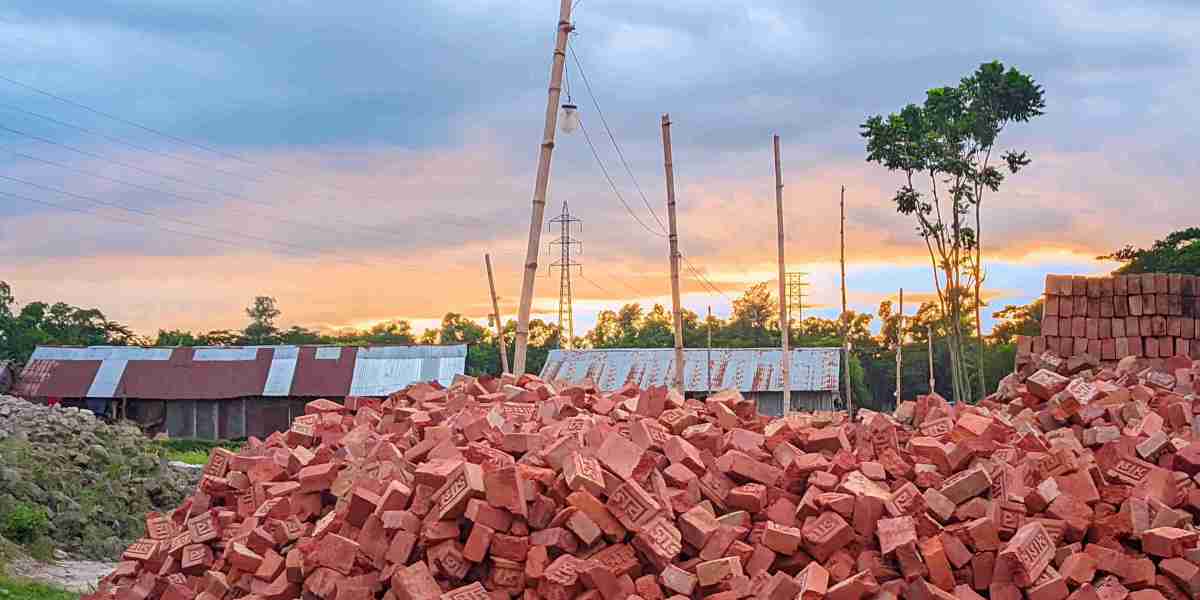There is land in space as well as earth. But they are diverse. Each rocky planet is different. Many satellites are rocky, they also have different types of land. There are different types of terrain like ice volcanoes, dust ponds, big chasms, tiger stripes, ice plains etc.
land-nature
Ice sand
There is a lot of sand in various satellites of the solar system. These sands contain large amounts of hydrocarbons (organic compounds composed of carbon and hydrogen, such as methane). They pile up like a giant pile of coffee powder. These are known as ice sands. Sand grains or methane ice particles can be about 200 to 300 micrometers in diameter. The maximum height of Baliari is 100 meters.
Seas of hydrocarbons, volcanoes, eroded land etc. can be seen near it. NASA's New Horizons spacecraft photographed such icy sand dunes. Such sands are found in Pluto's Sputnik Plantia, a flat region, and Xanadu, near Titan's equator. Scientists believe that Mars, Venus and comet E67 also have such sand dunes.
Ice plains
The surface of most of the satellites of the solar system is composed of ice. Hence the surface of these satellites is called ice-covered plains. These ices are mainly composed of various frozen gases—such as methane, ammonia, and liquid nitrogen—and various volatiles—such as hydrogen, carbon monoxide, and methane. Such icy plains are found on Jupiter's moon Europa, Saturn's moon Enceladus, Neptune's moon Triton and dwarf planet Pluto.
Tiger stripes or tiger stripes
There are ridges in various satellites of the solar system. They look like tiger stripes. That's why they are called tiger stripes. The rocks surrounding these ridges are often covered in coarse-grained, crystalline water ice. It is blue-green in color.
Each tiger stripe can be about 130 kilometers long, 2 kilometers wide and up to 500 meters deep. The surrounding rocks are on average about 100 meters long, 2-4 kilometers wide at the sides. Such striated ridges can be seen on the surface of Saturn's moon Enceladus, Ganymede and Mars, for example.
Dustpont or dust pond
Dustpont is a Latin word. It means dirt or dust. And pond means pond. That is, dust pond. There are several cosmic bodies (objects) in the Solar System, which have many airless craters on their surfaces. The particles in these pits or ponds are rich in silicates. According to scientists, this type of ground is usually caused by electrostatic. Infrared and ultraviolet rays from the Sun charge dust particles on the planet's surface and rise up. At night, electrons from the solar wind become charged and carry the dust particles higher. Over time, they lose their charge and fall to the ground. The depth of the pits is about 200 meters. Such lands are seen on the surface of Itokawa, Eros or Vesta.
Impact craters
A surface is often hit by cosmic objects, such as large meteors or asteroids. The craters created by these cosmic collisions are called impact craters. Due to this, earthquakes occur in the surrounding area. Meteorite craters don't just land on rocky surfaces like the Moon.
Such craters can also be seen on comets or the ice-covered satellites of various planets. Appears to be round, although the actual shape is elliptical. These collisional deposits are rich in various minerals. For example, 'Zaragosa Terra' is the name of a large crater on Saturn's moon Iapetus. Mars also has such craters. such as nested craters.



















































